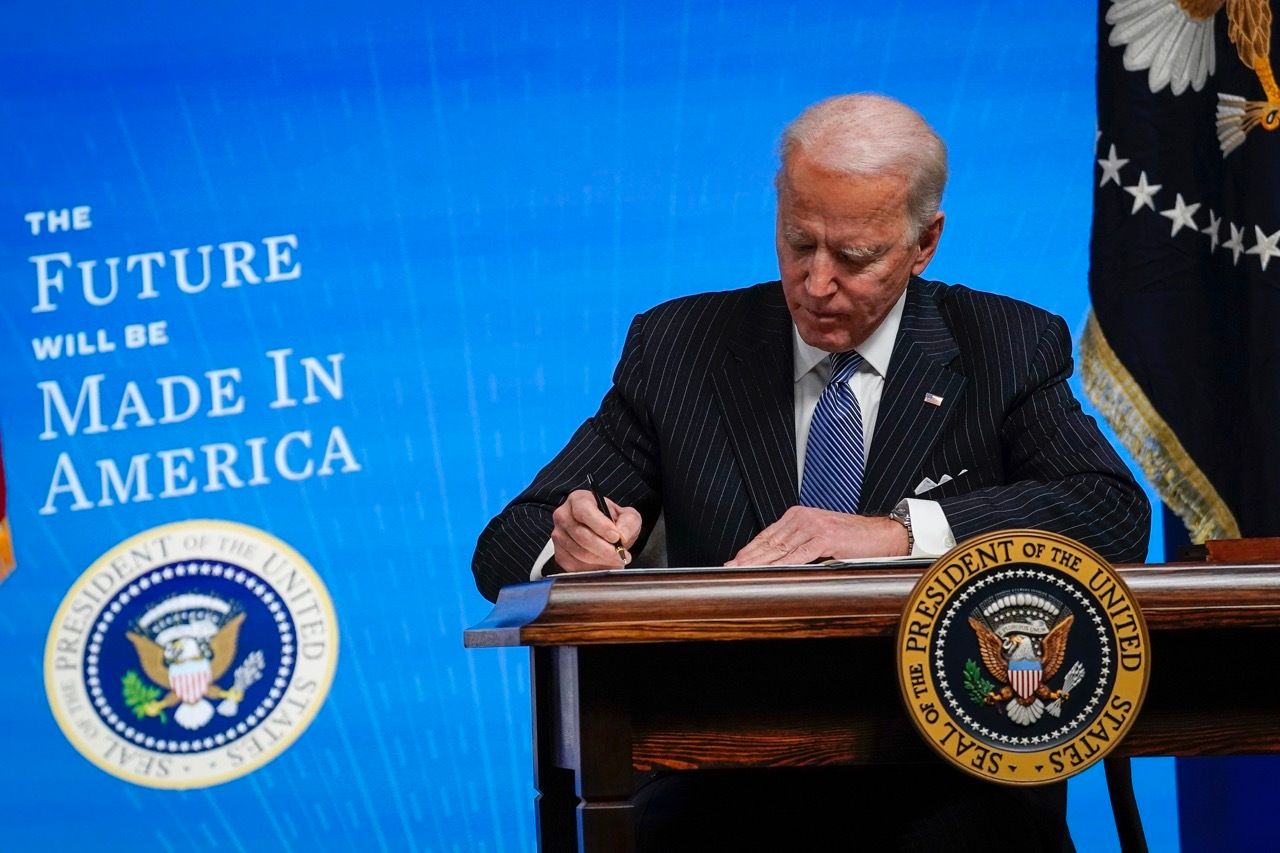
Welcome to this edition of Loop!
To kick off your week, we’ve rounded-up the most important technology and AI updates that you should know about.
HIGHLIGHTS
How China’s video generator has beaten OpenAI’s Sora
Why SpaceX’s latest launch is important
Concerns about retaliation against AI whistleblowers
… and much more
Let's jump in!


1. Former OpenAI employees say whistleblowers need better protection
The open letter was written by 13 former OpenAI employees, who have criticised several advanced AI companies for how they operate.
They call for AI companies to be more open with the public, allow employees to raise public concerns, and protect whistleblowers from retaliation.
While they highlight that AI advances could lead to huge benefits for people, they also flagged the risks it poses to society - such as growing inequality, manipulation, and spreading misinformation.
It follows on from the resignation of several key OpenAI researchers, which was caused by the disbanding of OpenAI’s “super-alignment” team. The co-lead of that team has since moved to Anthropic, which is seen as a more safety-focused company.

2. Google is using AI to help protect the coral reefs
SurfPerch is a new AI tool from Google that will help marine biologists to better understand coral reef ecosystems and their health. This is important as it helps them to prioritise their conservation efforts.
It’s a joint project between their Research and DeepMind teams, who trained the model on thousands of hours of audio reef recordings.
The researchers discovered that they could boost SurfPerch's model performance by leveraging bird recordings, as there were common patterns between bird songs and fish sounds.
The project is still ongoing, but initial trials have uncovered differences between protected and unprotected reefs in the Philippines. It has also been used to track restoration projects in Indonesia and how well they have worked.

3. SpaceX launches a huge new rocket and successfully brings it back
The company has achieved a significant milestone, after its Starship successfully returned both the Super Heavy booster and upper stage back to Earth. Both of these components made a controlled splashdown in the Gulf of Mexico and Indian ocean.
It’s a crucial step towards making Starship the first-ever fully reusable rocket, which is essential for SpaceX's long-term plans. The ultimate goal is for both stages to fly back to their launch site in Texas.
Another interesting aspect is SpaceX’s new "hot-staging" technique, which is used to reduce the weight of the booster as it returns to earth.
SpaceX’s next problem is tackling the heat shield system, but they did get some good data about these temperatures during the most recent launch.

4. Humane wants HP to buy it for $1 billion
They grabbed headlines around the world with their launch of the AI Pin, but reviews of the device have been overwhelmingly negative.
They have completely missed their sales targets, after just 10,000 devices were sold - far short of the 100,000 they aimed for.
The startup is now seeking a buyer, with HP being a potential contender. What’s surprising is the price that the company is looking for, which is believed to be between $750 million and $1 billion.
Given that the company has just urged customers to stop using their charging case, as it could go on fire, I’m not so sure they’ll get that much…

5. Windows rows back on their Recall feature
After a lot of consumer backlash, Microsoft will not enable their Recall feature unless users opt-in.
This feature was announced a few weeks ago, which promised to screenshot everything you did on your computer - allowing you to then ask questions about it.
It was a really strange feature and not one that people asked for. Cybersecurity analysts were genuinely horrified at this idea, as the screenshot data would not be saved securely and could be extracted by hackers.
For businesses, the risks are immense. If customer data was stolen and leaked online, they would face heavy sanctions from regulators in the EU.
It’s a welcome change now that the feature is opt-in, but the risks remain. If a bad actor can install malware that turns the Recall feature on, it could let them see your passwords and personal data.

How to spend $30 billion on tech innovation

The CHIPS and Science Act was passed last August and has already provided $29.34 billion in funding.
Eight companies have been allocated funds to build new semiconductor factories across the United States, or overhaul existing infrastructure. These include Intel, Samsung, TSMC, and others.
This mega investment drive is part of a $280 billion package to support innovation in the US, which includes $52 billion in subsidies for semiconductor manufacturing.
Intel received the most for its semiconductor projects ($8.5 billion), followed by TSMC with $6.6 billion and Samsung with $6.4 billion.
They’re huge sums of money and voters may rightfully question if it’s a good use of funds.
However, all signs indicate that China is doing the same. Just last year, they ordered the removal of Western companies from critical infrastructure.
Generally, the West is in a difficult position. China wants to bring Taiwan into its orbit, which is tricky as that’s where many of the world’s most advanced semiconductor chips are produced.
Given there has been a rapid rise in demand for chips - whether it’s for computers, cars, or AI data centres - it would be catastrophic if those exports were blocked.
As a result, President Biden has made it a priority for the US to build up their own facilities and insulate the economy from such a shock.

Move over Sora, Kling is the new King

Kuaishou Technology is a Chinese company that’s unveiled Kling AI. It’s an impressive text-to-video generation model that has got a lot of attention, as the videos look incredibly realistic.
While we can’t get direct access to the tool just yet, it does seem to be a worthy challenger to OpenAI’s Sora.
Interestingly, the generator can create videos that are up to 2 minutes long. The quality is superb at 1080p resolution and 30 frames per second.
Until we get full access to the tool, it’s hard to compare it with others we have seen. Regardless, it’s a clear indicator at how fast this technology is developing and the quality we can expect.
This will make people in the movie industry nervous, similar to other advances around audio and image generation, but there are still issues with the video footage.
Occasionally, they do look a bit strange. But as time goes on and these models are trained on more data, I suspect that will become less of an issue.
The limitations aside, it’s incredible to see how fast the technology has developed. It also raises questions about whether we’re prepared for the tsunami of misinformation that these tools could unleash.

📈 Nvidia is now more valuable than Apple at $3 trillion
🚗 Amazon's Zoox will test self-driving cars in Austin and Miami
🚕 GM's Cruise will test robotaxis in Dallas again
🛰️ DARPA builds a system to detect enemy satellites
🔍 FTC and DOJ are opening antitrust investigations into Microsoft, OpenAI, and Nvidia
🔊 Stability AI releases their own sound generator
📹 GetWhy raises $34.5 million to extract market research insights from video interviews
📦 Amazon's Project PI can spot defects in products



Cartwheel
Cartwheel is an interesting animation startup that’s based in New York. They want to make it simpler for people to animate 3D characters, with AI used to generate basic movements from text.
Their goal is to allow creators to focus on more expressive tasks, rather than spending hours on more standard motions.
Using the tool is pretty straightforward, you just type a description of what you want to create - with an animation created within minutes. You can even export the result to a 3D editing suite.
The results are impressive and while a lot will focus on how this can be used for movie productions or gaming, I do think it opens up a lot of doors for small businesses.
For example, if you wanted to create a video advertisement - but didn’t have the funds to pay for a high-quality production - you could do this with Cartwheel’s tool.
Cartwheel has recently raised $5.6 million to support their work and build more features into the product. If you want to try it out, I’ve added a link below.
This Week’s Art

Loop via Midjourney V6

We’ve covered a lot this week, including:
Concerns about retaliation against AI whistleblowers
How Google is using AI to help protect the coral reefs
SpaceX’s huge rocket launch and the impact
Humane wants $1 billion from potential buyers
Why Windows rowed back on their Recall feature
Where the CHIPS Act money has been spent
China’s new video generator that beats Sora
And how Cartwheel is making it easier to create 3D animations
Have a good week!
Liam

Share with Others
If you found something interesting in this week’s edition, feel free to share this newsletter with your colleagues.
About the Author
Liam McCormick is a Senior AI Engineer and works within Kainos' Innovation team. He identifies business value in emerging technologies, implements them, and then shares these insights with others.


